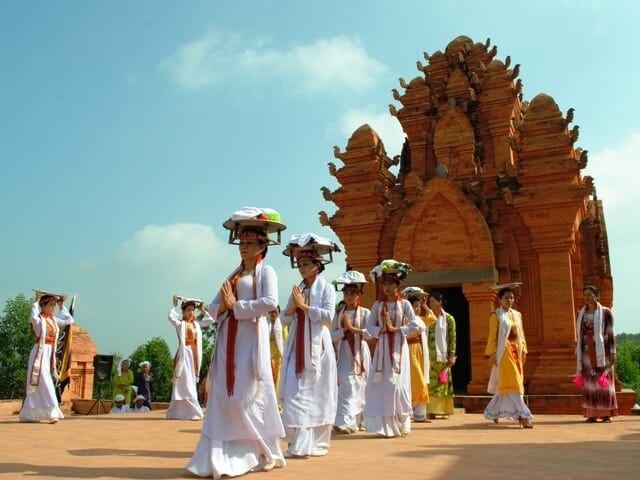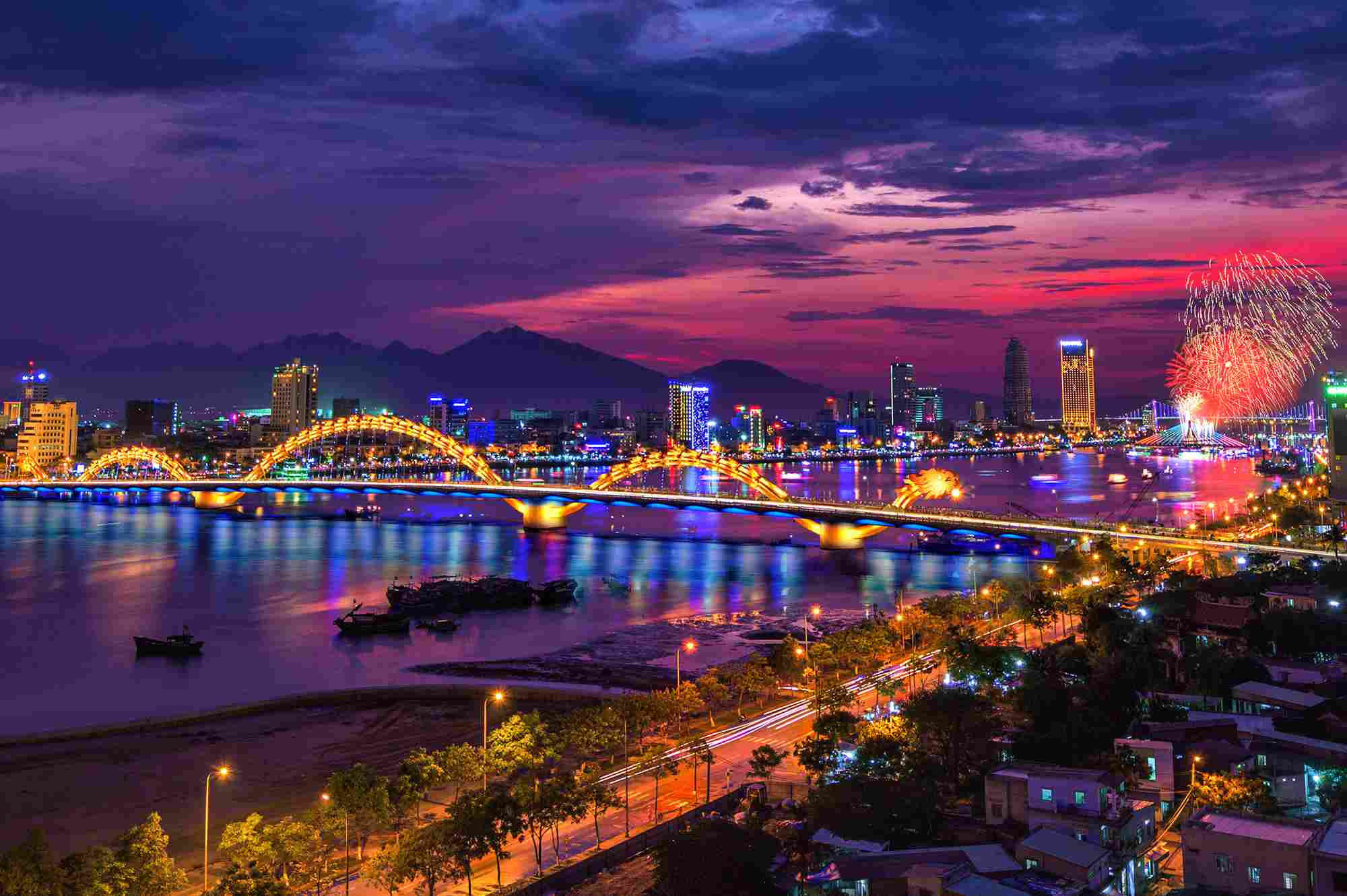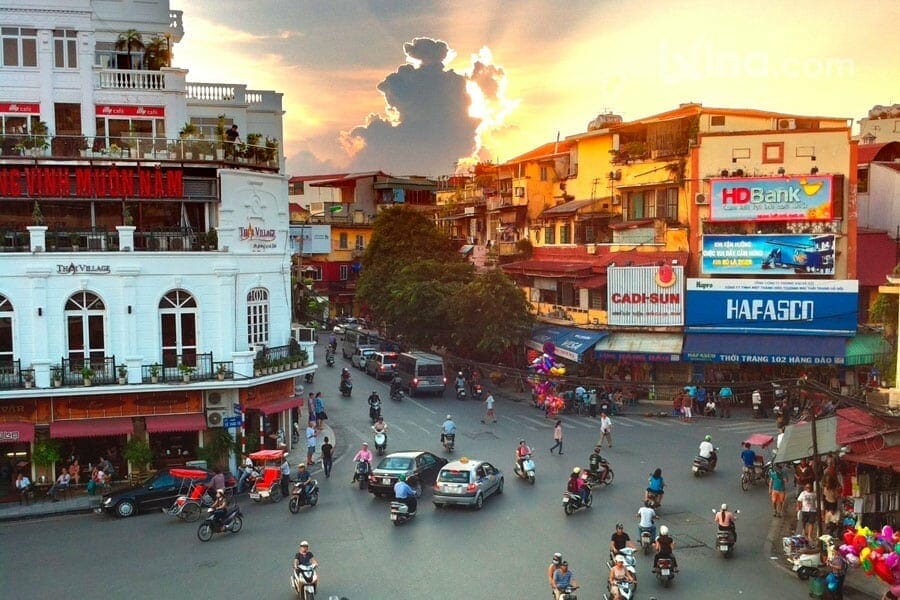192km along the coast is one of the advantages for Binh Thuan tourism development, especially sea tourism – the most popular in Vietnam
“Paradise” of health resorts
On October 24, 1995, a total solar eclipse occurred in Phan Thiet city of Binh Thuan province, attracting hundreds of thousands of domestic and international scientists and visitors. Since that day, the name Binh Thuan has become well established on the tourism map of Vietnam and the world, and October 24 has become the Province’s Tourism Day.
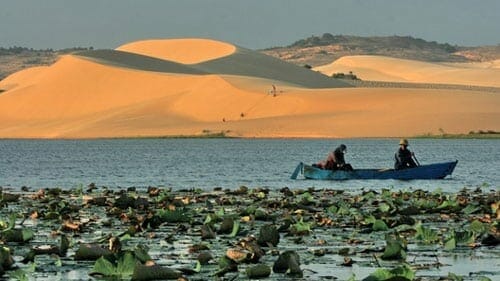
Regarding Binh Thuan’s tourism sector, it is impossible not to mention Mui Ne – Phan Thiet which is considered a paradise for health resorts. The image of Mui Ne with white sand dunes stretching out in the bright tropical sunshine, waves crashing into the calm fishing village, rows of coconut trees and stone steps, has long been familiar to visitors.
Mui Ne is also endowed with sand dunes, a magnificent landscape which has become an endless source of inspiration for photographers due to constant wind-driven changes in its appearance. It is also the capital of resorts in Vietnam, with over 100 eco-convalescence centres, resorts and villas, with natural, beautiful sites, modern architecture, a fresh sea environment, sunshine, wind and sand.
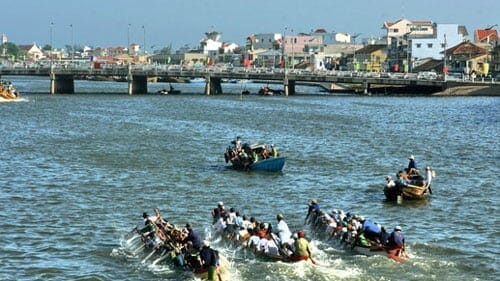
Rowing is a popular water sport in Binh Thuan Province

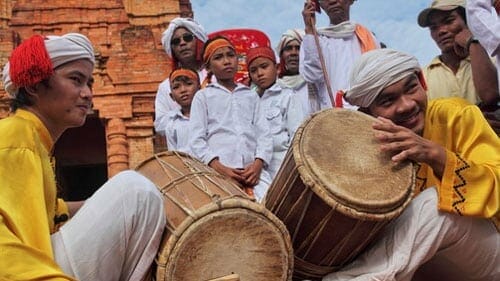
Binh Thuan is home to Po Klong Moh Nai Temple, a typical cultural work of the Cham people, where over 100 precious objects of Cham royalty are preserved, such as the crowns, robes, boots, shoes, rings and bracelets of the kings and queens. It also has Po Sah Inu Towers, dating from the 8thCentury, devoted to the Shiva Genie and a sacred set of stone linga and yoni of the Cham people.
Binh Thuan also boasts many unique cultural works, such as the oldest lighthouse in Southeast Asia (built in 1899) at Ke Ga Cape, Vietnam’s biggest Buddha statue on Ta Cu Mountain, the biggest whale skeleton in Van Thuy Tu Communal House, the most colourful Co Thach stone ground in Tuy Phong District and the relic site of Duc Thanh School, built in 1907 in Phan Thiet City, where President Ho Chi Minh taught before he went abroad to seek ways to save the country. In particular, the project of Binh Thuan Water Tower, a unique architectural work designed by Lao Prince and architect Souphanouvong, was completed in 1934 and is considered a symbol of Phan Thiet City.

Lantern procession at Mid-Autumn Festival in Phan Thiet City
Apart from a system of tangible heritages, the community of ethnic groups living in Binh Thuan also has a rich system of festivals and rituals, such as Cau Ngu (fish worshipping) Festival of the Kinh ethnic group; Kate Festival of the Brahmin Cham ethnic group; Nghinh Ong Quan Thanh Festival of the Hoa community in Phan Thiet City; and Dinh Thay Thim Festival which bears the specific cultural features of Binh Thuan Province – it is one of few festivals in Southern Vietnam listed in the dictionary of Vietnamese Festivals.
VOV

